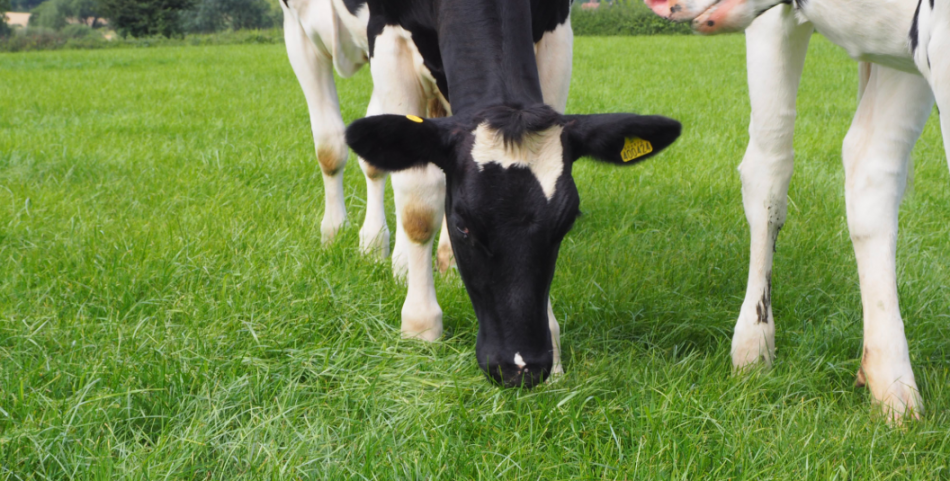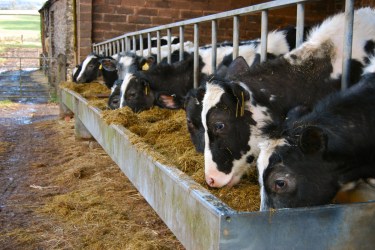By Sue Bryan
Don’t believe all you read on a silage analysis; analysis on particularly first cut this year has been exceptionally good, with protein in the region of 16% on some farms. There is every reason to be positive about this, as silage seems to be feeding very well, and intakes are great.
Intakes are fundamentally everything; 1kg more DMI at 11ME is the equivalent of feeding the same energy of 300g of protected fat, it is also a lot cheaper. However, if we have a silage analysis at 16% crude protein, and intakes are high but cows aren’t milking as well as they could – then something is obviously amiss. Attention to milk urea levels may give a clue, if they are very low compared to the herd normal this points towards a shortage of rumen degradable protein.
Practically, and putting the ration program to one side, I have found that adding some more rumen degradable protein into rations this year, has seen milk yields lift. Why is this the case? Protein is not necessarily available to the cow, and different ammonia levels, and fermentation characteristics in the clamp will determine protein availability to the cow. Not all of the 16% crude protein analysis could be available to the cow.
The lesson of this tale is have a healthy dose of scepticism towards everything you see on paper, let your cows talk to you as well.







